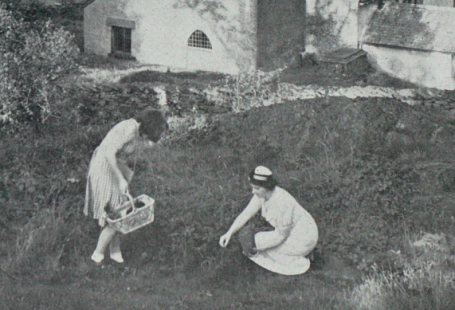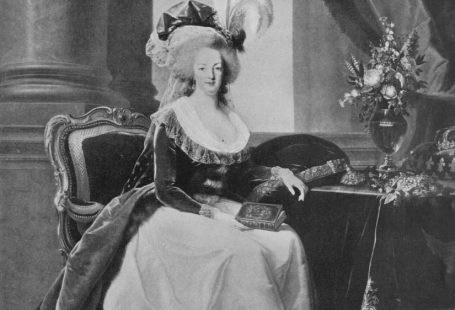Michelle Higgs, author of A Visitor’s Guide to Victorian England, got in touch to share this shocking story she found in The British Newspaper Archive.
What have you found in the newspapers? Let us know by emailing
[email protected]
**************
Victorian Britain was a hazardous place to live, and not just because there was a potential accident around every corner. The trading standards and food hygiene we take for granted today simply didn’t exist, so shoppers often risked illness or even death when they bought everyday food items such as bread and cakes.
The problem was that nothing was as it appeared. Ground bones, plaster, lime and pipe-clay were often added to bread. Alum was a frequent extra ingredient as it increased a loaf’s weight and its whiteness, but it could cause severe indigestion.
Confectionery was bright and attractive because potentially lethal salts of copper and lead were used to colour them. Even beer was diluted and adulterated with vitriol and cocolus indicus which could cause convulsions, gastroenteritis and over-stimulate the respiratory system.
School boys made violently ill
In 1859, a case of poisonous Bath buns was reported at Clifton, near Bristol and its consequences led to much comment in the newspapers. On Friday 16 December, six pupils at a boarding school bought the cakes from a confectioner’s shop but were all violently ill after eating them.
Two of the boys were not expected to survive, but eventually recovered. The case appeared in many of the national and local newspapers, including the Bradford Observer:

Bradford Observer – Thursday 22 December 1859
Image © THE BRITISH LIBRARY BOARD. ALL RIGHTS RESERVED.
No legal action taken
The schoolboys were not the only ones to eat the poisonous Bath buns. A publican named Robert May also bought some, and he and his brother were both very ill after eating them.
He was not able to get any redress under the law as he could not prove he had been poisoned, there being none of the poisonous buns left, as explained in the Western Daily Press:

Western Daily Press – Monday 19 December 1859
Image © THE BRITISH LIBRARY BOARD. ALL RIGHTS RESERVED.
That was not the end of the story because there was a further, more shocking twist reported in the Inverness Courier the following month:

Inverness Courier – Thursday 05 January 1860
Image © THE BRITISH LIBRARY BOARD. ALL RIGHTS RESERVED.
Both the druggist and the confectioner were at fault. However, they had not broken any law so no further action was taken. Until 1875, there was very little control over the food and drink sold to the public. Under the Sale of Food and Drugs Act, passed in that year, inspectors had the power to sample food and drugs, and to test them for adulteration. This was the beginning of trading standards legislation to protect customers.
It makes you wonder how so many of our ancestors survived!
**************
Read more fascinating stories from the Victorian period at Michelle Higgs’ blog




